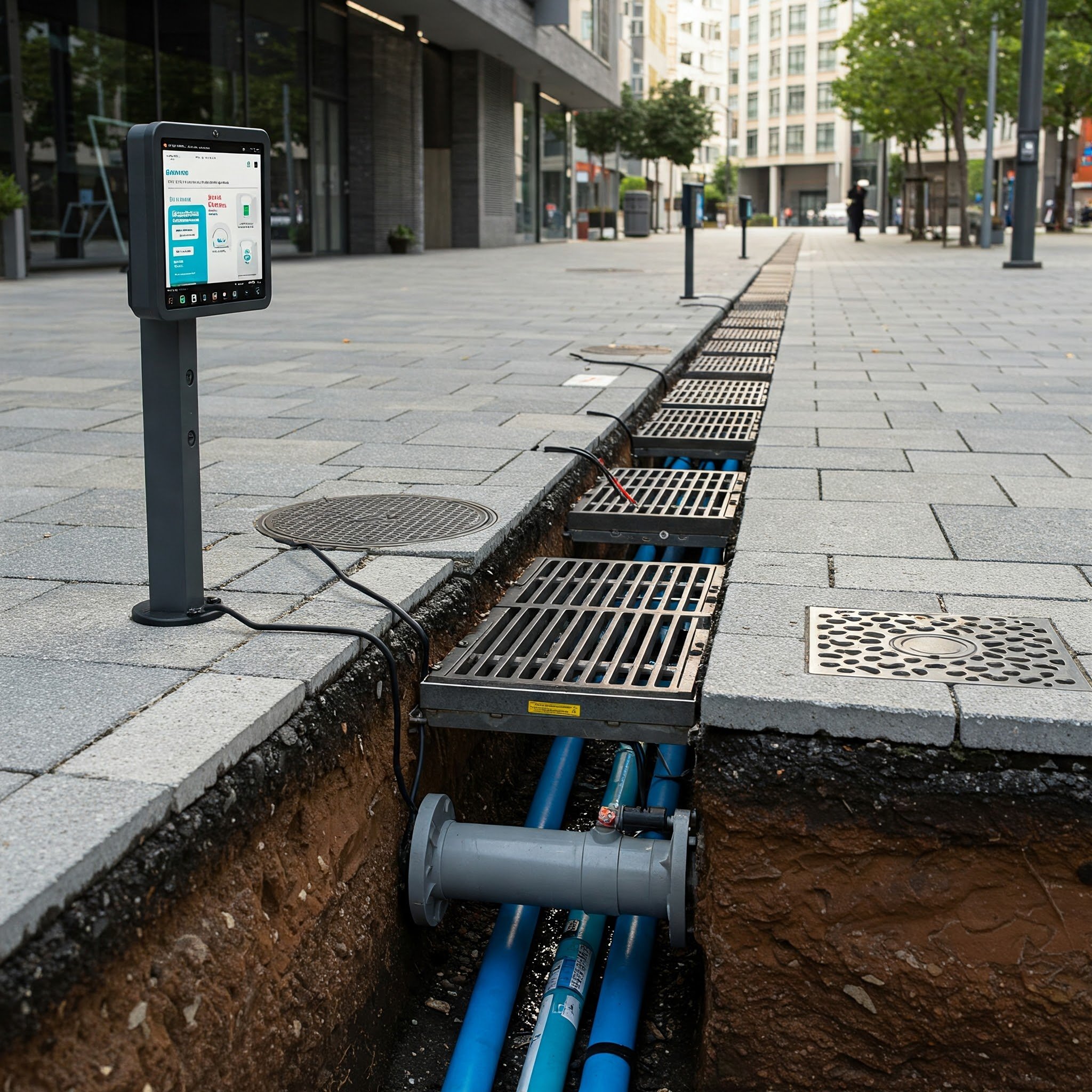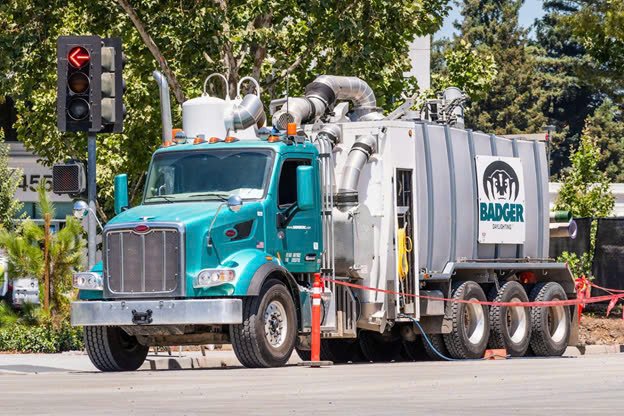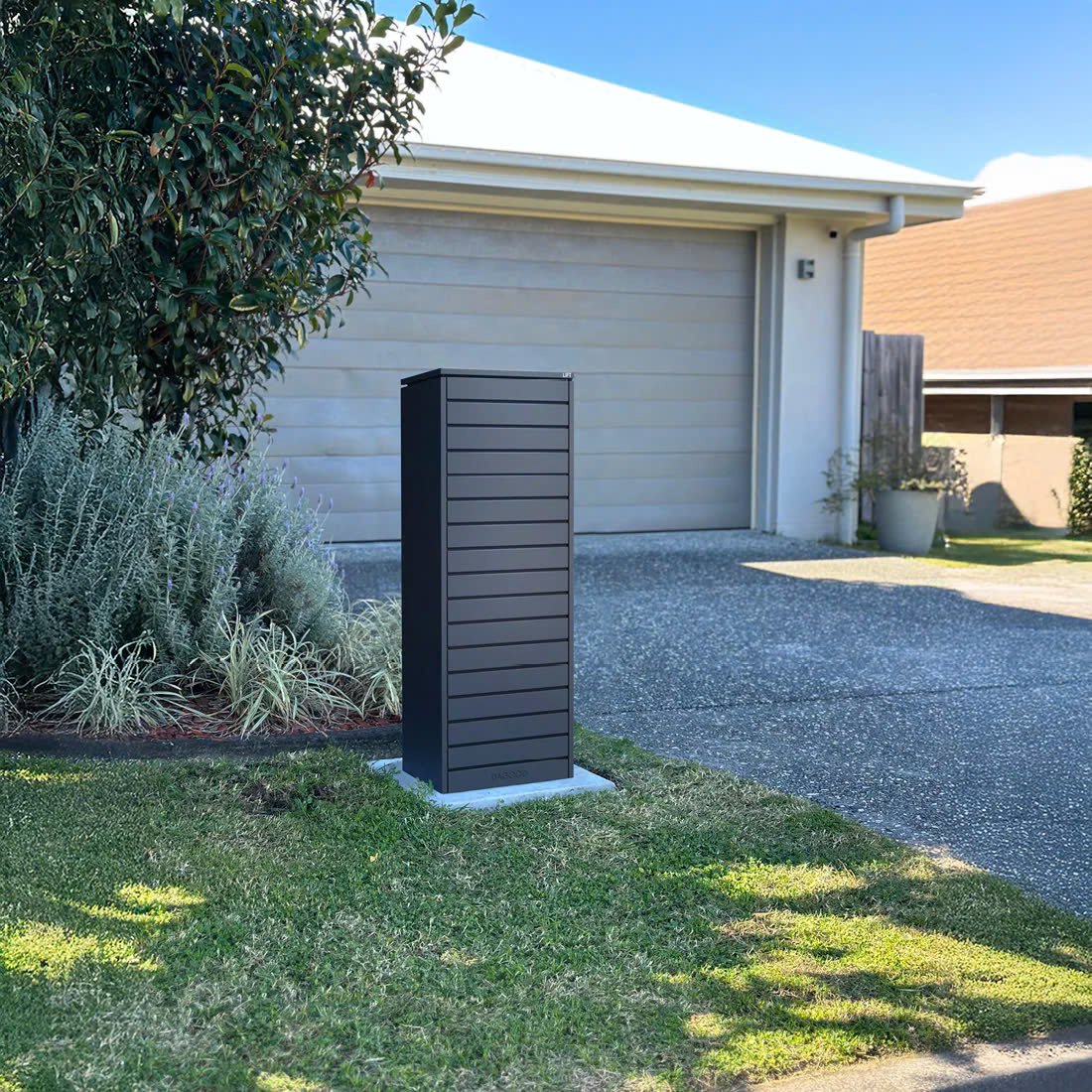How Does a Mound Septic System Work?
Learn how a mound septic system works, its benefits, and why it's a great solution for properties with poor soil conditions.
You’ve likely seen a mound septic system. But do you know what it is, when it is used and why? In this short article, we will explain the details of the mound septic system and how it works. We’ll also give you some tips for proper upkeep.
What Is a Mound Septic System, and When Do You Need One?
Mound septic systems are required when conventional septic systems can’t be used. They are a good alternative, although they require regular maintenance and may be considered unsightly.
If your property has sandy soil, rocky terrain, a high water table, or inadequate soil drainage, a mound septic system may be the only choice. They are used in areas where a centralized sewer system is not available.
How Does it Work?
The primary purpose of a mound septic system, like all septic systems, is to properly treat wastewater generated from your home. The wastewater flows from your home into the septic tank, where it is treated by anaerobic bacteria and separated into three layers.
These layers are:
● Scum – this is the top layer that contains lighter solids, oils, and fats.
● Effluent – the middle liquid layer.
● Sludge – the bottom layer, which is made up of solid particles.
The wastewater then flows into a pump chamber where it is stored. A pump controlled by a float located in the pump chamber distributes effluent in small, controlled doses to ensure even distribution in the drain field, which is called a mound. The mound is composed of layers of sand and gravel built on top of undisturbed native soil.
As the wastewater flows through these layers, it is filtered and purified naturally, killing harmful bacteria and viruses before reaching the ground water.
Main Components
A mound septic system has three main components, each with a specific role:
The components are these:
● Septic tank – typically constructed of fiberglass, concrete, or plastic. Its purpose is to hold wastewater from your home and separate it into different layers: scum, effluent, and sludge, as well as promote the building of anaerobic bacteria. Regular maintenance includes checking the levels of solids and liquids. Pumping and cleaning should take place when 25-33% of the tank’s volume is full of anything but liquid.
● Pump chamber – a tank similar in construction to the septic tank, that houses a pump, pump control float, and a high-water alarm float. It collects the effluent from the septic tank and delivers it in controlled doses to the mound. The pump control float regulates the flow of effluent, while the high-water alarm float alerts you to any potential issues.
● Mound – ensures that the effluent is evenly distributed and treated before it comes in contact with the ground water. It is a raised drainfield consisting of gravel and sand layers built on top of native soil.
The Importance of Proper Care
Regular maintenance is very important for the longevity and efficiency of your mound septic system.
Key maintenance tasks include:
● Only flush human waste and septic safe toilet paper down the drain. Sanitary products, cigarettes, diapers, paper towels, medicine, or chemicals should be disposed in the garbage.
● Inspect your septic system annually. Pump the tanks every 3 to 5 years or more frequently if needed. Make necessary repairs promptly to avoid further damage to the system.
● Install an effluent filter in the septic tank that will improve the system’s performance by preventing solids from entering the pump chamber and later making their way to the drain field. Clean the filter regularly.
● Inspect the pump chamber, pump, floats, pipes, and electrical parts regularly. Replace or repair components as needed.
● Avoid hydraulically overloading the system. You can do that by limiting your water usage. Repair leaky toilets immediately. Sign up for water usage monitoring with the water provider if possible.
If you don't take proper care of your septic system, it could result in costly repairs and overflow in or yard and/or your home. Overflowing, on the other hand, can lead to unsanitary conditions and unpleasant consequences such as foul odours, damp areas around the drainfield and the septic tank, and other undesirable issues.
For reliable septic system service, consider Fresh N Clean Septic. Their skilled technicians specialize in inspections, maintenance, repairs, and installations.





























